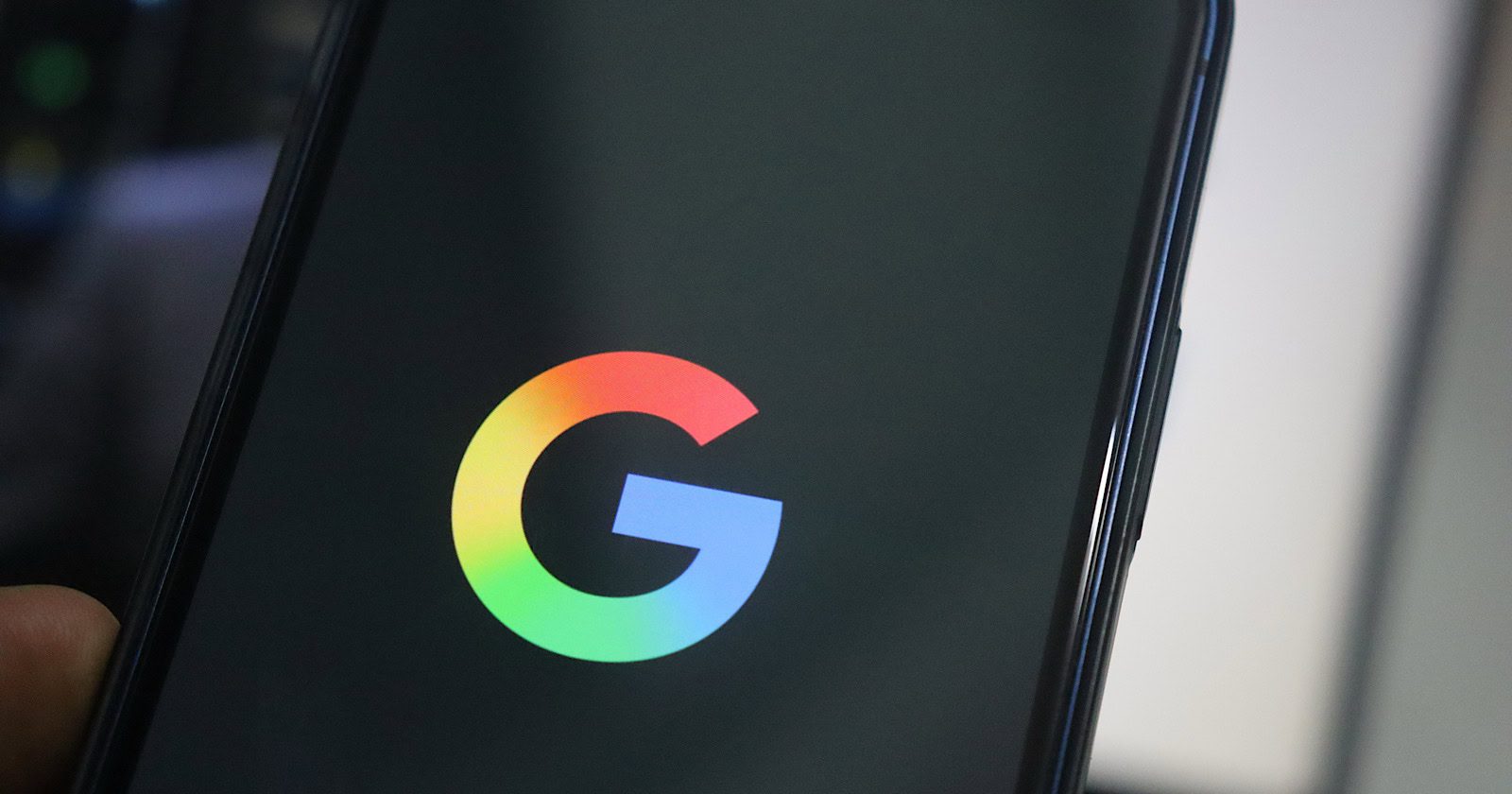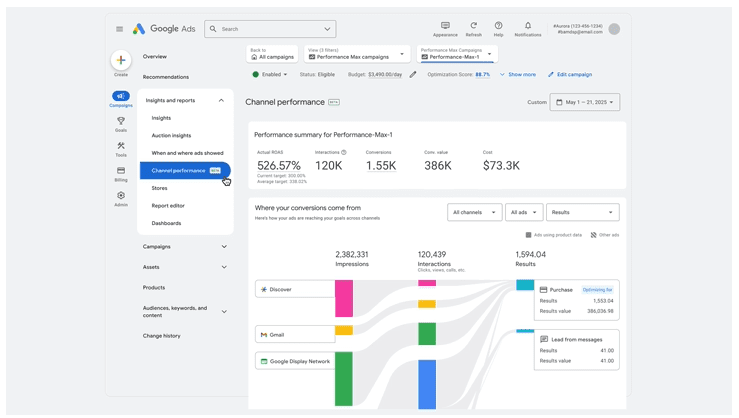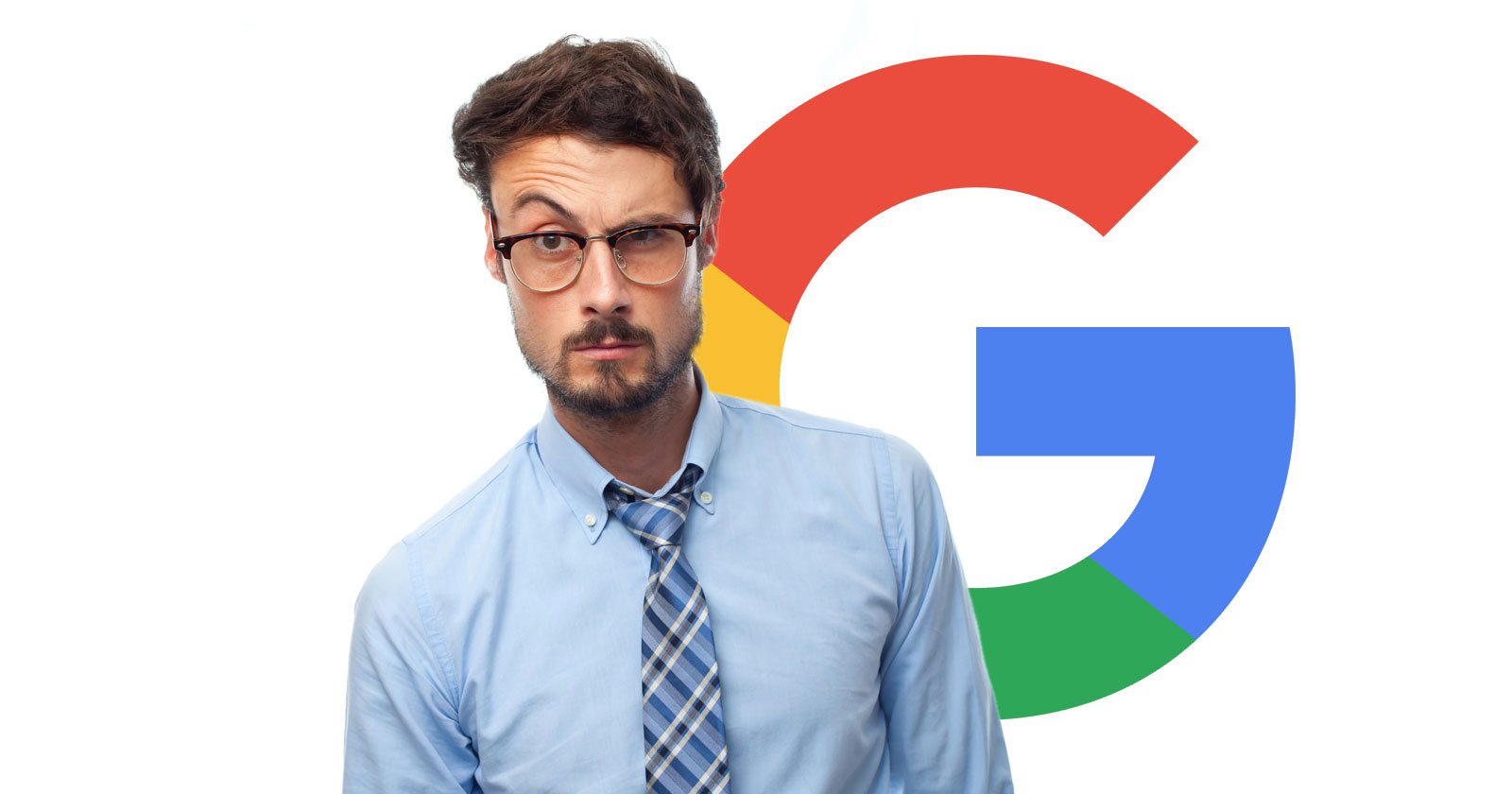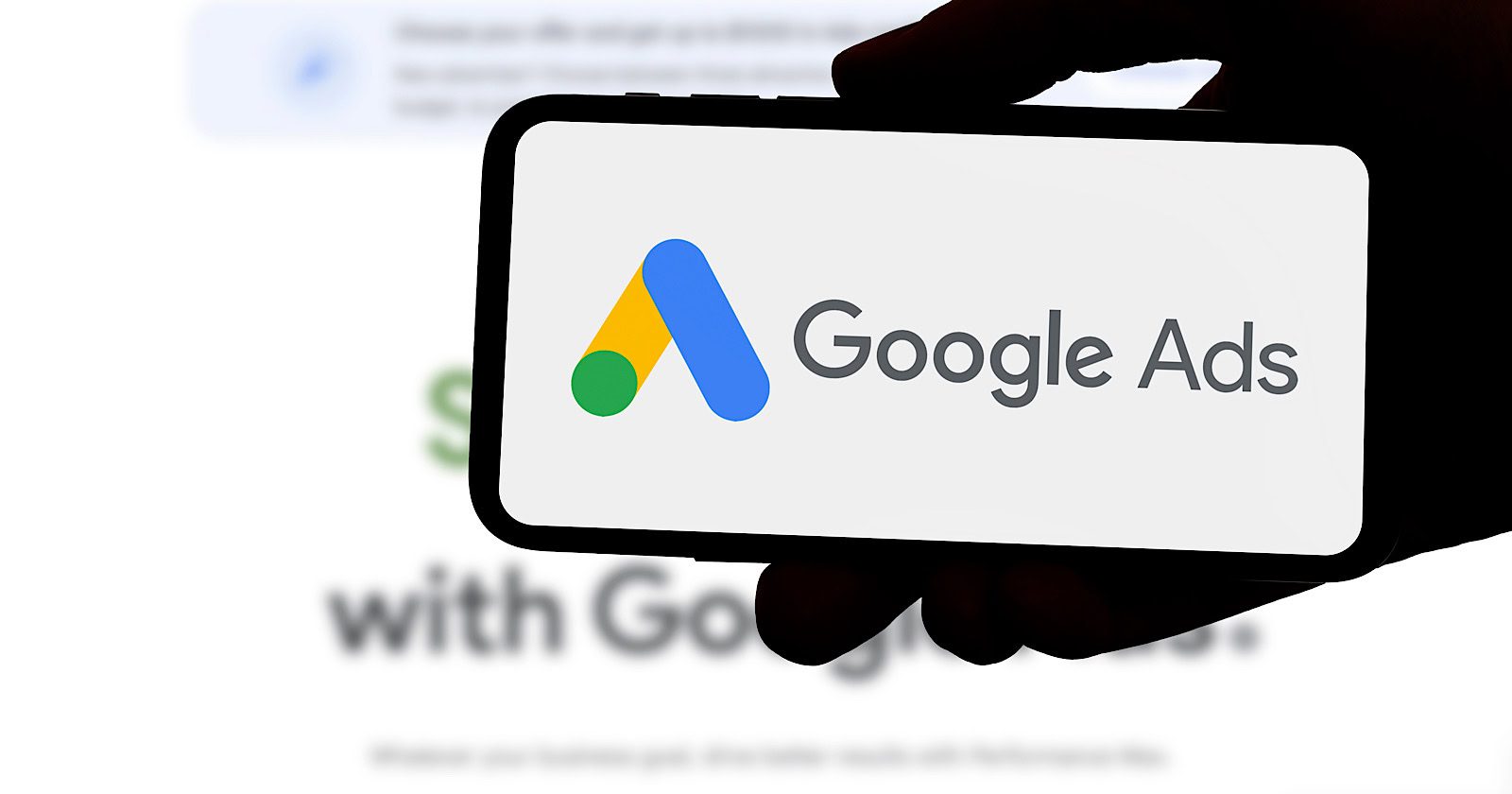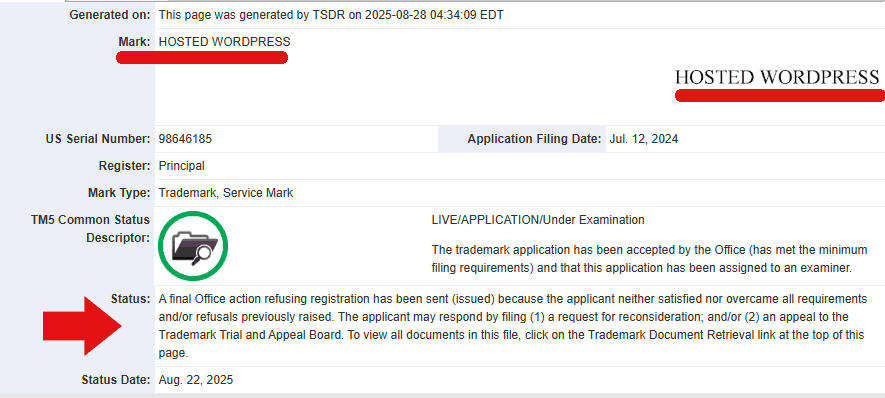Interaction To Next Paint: 9 Content Management Systems Ranked via @sejournal, @martinibuster

Interaction to Next Paint (INP) is a meaningful Core Web Vitals metric because it represents how quickly a web page responds to user input. It is so important that the HTTPArchive has a comparison of INP across content management systems. The following are the top content management systems ranked by Interaction to Next Paint.
What Is Interaction To Next Paint (INP)?
INP measures how responsive a web page is to user interactions during a visit. Specifically, it measures interaction latency, which is the time between when a user clicks, taps, or presses a key and when the page visually responds.
This is a more accurate measurement of responsiveness than the older metric it replaced, First Input Delay (FID), which only captured the first interaction. INP is more comprehensive because it evaluates all clicks, taps, and key presses on a page and then reports a representative value based on the longest meaningful latency.
The INP score is representative of the page’s responsive performance. For that reason**,** extreme outliers are filtered out of the calculation so that the score reflects typical worst-case responsiveness.
Web pages with poor INP scores create a frustrating user experience that increases the risk of page abandonment. Fast responsiveness enables a smoother experience that supports higher engagement and conversions.
INP Scores Have Three Ratings:
- Good: Below or at 200 milliseconds
- Needs Improvement: Above 200 milliseconds and below or at 500 milliseconds
- Poor: Above 500 milliseconds
Content Management System INP Champions
The latest Interaction to Next Paint (INP) data shows that all major content management systems improved from June to July, but only by incremental improvements.
Joomla posted the largest gain with a 1.12% increase in sites achieving a good score. WordPress followed with a 0.88% increase in the number of sites posting a good score, while Wix and Drupal improved by 0.70% and 0.64%.
Duda and Squarespace also improved, though by smaller margins of 0.46% and 0.22%. Even small percentage changes can reflect real improvements in how users experience responsiveness on these platforms, so it’s encouraging that every publishing platform in this comparison is improving.
CMS INP Ranking By Monthly Improvement
- Joomla: +1.12%
- WordPress: +0.88%
- Wix: +0.70%
- Drupal: +0.64%
- Duda: +0.46%
- Squarespace: +0.22%
Which CMS Has The Best INP Scores?
Month-to-month improvement shows who is doing better, but that’s not the same as which CMS is doing the best. The July INP results show a different ranking order of content management systems when viewed by overall INP scores.
Squarespace leads with 96.07% of sites achieving a good INP score, followed by Duda at 93.81%. This is a big difference from the Core Web Vitals rankings, where Duda is consistently ranked number one. When it comes to arguably the most important Core Web Vital metric, Squarespace takes the lead as the number one ranked CMS for Interaction to Next Paint.
Wix and WordPress are ranked in the middle with 87.52% and 86.77% of sites showing a good INP score, while Drupal, with a score of 86.14%, is ranked in fifth place, just a fraction behind WordPress.
Ranking in sixth place in this comparison is Joomla, trailing the other five with a score of 84.47%. That score is not so bad considering that it’s only two to three percent behind Wix and WordPress.
CMS INP Rankings for July 2025
- Squarespace – 96.07%
- Duda: 93.81%
- Wix: 87.52%
- WordPress: 86.77%
- Drupal: 86.14%
- Joomla: 84.47%
These rankings show that even platforms that lag in INP performance, like Joomla, are still improving, and it could be that Joomla’s performance may best the other platforms in the future if it keeps up its improvement.
In contrast, Squarespace, which already performs well, posted the smallest gain. This indicates that performance improvement is uneven, with systems advancing at different speeds. Nevertheless, the latest Interaction to Next Paint (INP) data shows that all six content management systems in this comparison improved from June to July. That upward performance trend is a positive sign for publishers.
What About Shopify’s INP Performance?
Shopify has strong Core Web Vitals performance, but how well does it compare to these six content management systems? This might seem like an unfair comparison because shopping platforms require features, images, and videos that can slow a page down. But Duda, Squarespace, and Wix offer ecommerce solutions, so it’s actually a fair and reasonable comparison.
We see that the rankings change when Shopify is added to the INP comparison:
Shopify Versus Everyone
- Squarespace: 96.07%
- Duda: 93.81%
- Shopify: 89.58%
- Wix: 87.52%
- WordPress: 86.77%
- Drupal: 86.14%
- Joomla: 84.47%
Shopify is ranked number three. Now look at what happens when we compare the three shopping platforms against each other:
Top Ranked Shopping Platforms By INP
- BigCommerce: 95.29%
- Shopify: 89.58%
- WooCommerce: 87.99%
BigCommerce is the number-one-ranked shopping platform for the important INP metric among the three in this comparison.
Lastly, we compare the INP performance scores for all the platforms together, leading to a surprising comparison.
CMS And Shopping Platforms Comparison
- Squarespace: 96.07%
- BigCommerce: 95.29%
- Duda: 93.81%
- Shopify: 89.58%
- WooCommerce: 87.99%
- Wix: 87.52%
- WordPress: 86.77%
- Drupal: 86.14%
- Joomla: 84.47%
All three ecommerce platforms feature in the top five rankings of content management systems, which is remarkable because of the resource-intensive demands of ecommerce websites. WooCommerce, a WordPress-based shopping platform, ranks in position five, but it’s so close to Wix that they are virtually tied for position five.
Takeaways
INP measures the responsiveness of a web page, making it a meaningful indicator of user experience. The latest data shows that while every CMS is improving, Squarespace, BigCommerce, and Duda outperform all other content platforms in this comparison by meaningful margins.
All of the platforms in this comparison show high percentages of good INP scores. The number four-ranked Shopify is only 6.49 percentage points behind the top-ranked Squarespace, and 84.47% of the sites published with the bottom-ranked Joomla show a good INP score. These results show that all platforms are delivering a quality experience for users
View the results here (must be logged into a Google account to view).
Featured Image by Shutterstock/Roman Samborskyi


